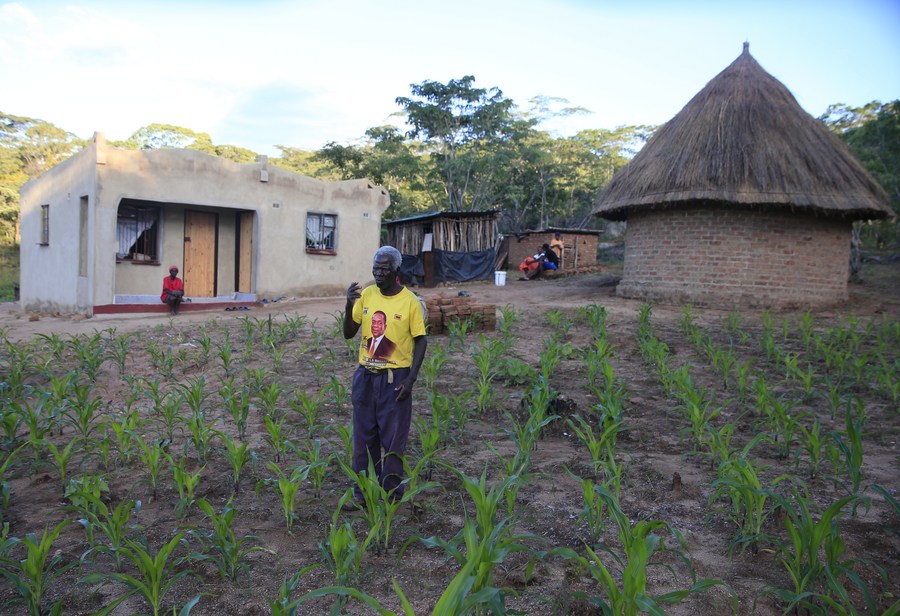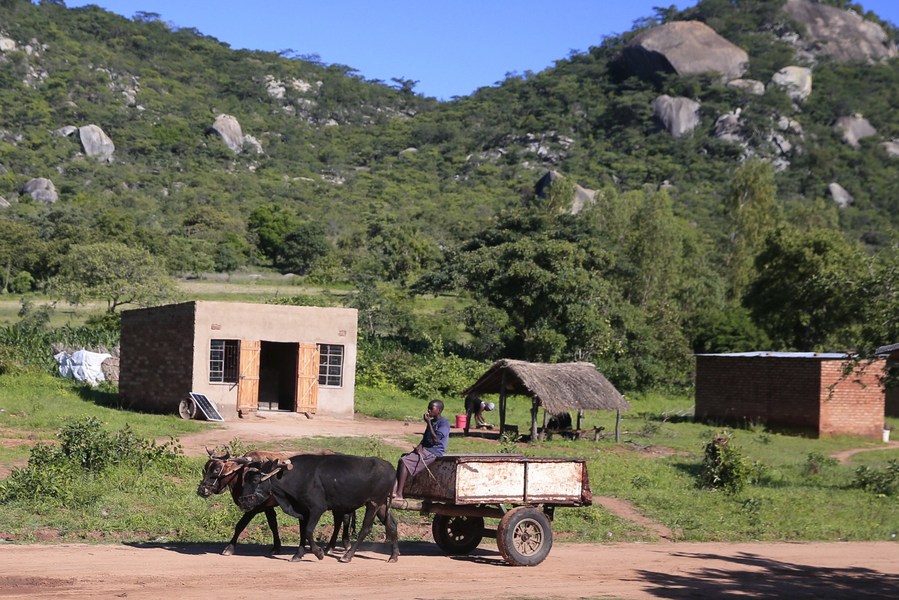POST SECONDARY EDUCATION
Why this urge to control and police dress, body, communication and interaction?
Faisal Bari
Published February 4, 2022

The writer is a senior research fellow at the Institute of Development and Economic Alternatives, and an associate professor of economics at Lums.
YOUNG people 18 and above are eligible to vote, drive and marry and have children. But when they start college and universities in this country, these educational institutes assume they need to tell the young adults what they should wear, how much distance they should maintain from each other, who they should or should not meet, and whether they can interact with individuals from the other gender.
We frequently read in the papers that this university or that college has issued a dress code or has started fining students for wearing tights, jeans or T-shirts or for not wearing a dupatta or for sitting with people from the opposite gender. When these adults can make other big decisions about their lives and for the country, why can they not be trusted to make good decisions about their conduct on campus? Why this urge to control and police dress, body, communication and interaction?
There is no doubt that public places need codes of conduct and behaviour: that is not the issue here. We regulate a variety of behaviour through laws and norms in society. The question is about campus life and why these codes of conduct have to be a) made by the administration, b) imposed by the administration, c) administered and monitored by the administration. Why do we not involve young adults themselves to work out the codes, to work out how they are going to be implemented and monitored and how code violations are to be dealt with? Do we not want these young adults to become leaders and citizens who are going to make the Pakistan of tomorrow? Almost all educational institutes that I know of across the country, including the one where I work, give little or no space to student self-regulation and self-governance.
Almost the same thing has happened in the discussion on plagiarism and cheating. Online education has brought this issue up in a much more urgent and immediate form. Most universities and examination systems dependent on online work have seen spikes in plagiarism and the use of unfair practices. Many systems have come down heavily on the students. But the same question should be asked again. Are we going to create citizens who will only behave themselves when there is a policeperson watching over their shoulder? Is that the only way we can get compliance? If that is true, we are making a poor nation and the future of the country cannot be too bright.
Read: Cheating on online exams
Why this urge to control and police dress, body, communication and interaction?
Harvey Mudd College in the US has a strong code of conduct for incoming students who are supposed to adhere to it at all times. Each student pledges to uphold the code of conduct. Students have a buy-in. Violations can be self-reported or reported by others, though self-reports are encouraged. The code is monitored by students. Violations are dealt with mostly through a student-run governance system. This is what the Harvey Mudd website says about implications of the code for the students: “The Honour Code means closed-book exams in your dorm room. It means having an expensive calculator returned to you by a classmate after you left it behind in the lab. And it also means 24-hour student access — via card swipes — to state-of-the-art computers, labs, studios and shops.”
Can we imagine this in Pakistan? Of course we can. Harvey Mudd students are human. As are we. Lahore was not built in a day. Harvey Mudd did not reach where it is in a day too. Many other universities in the US are not at that place either. But if Harvey Mudd can do it, so can others. Question is, do we want to make a start? If we do, the way we think about student engagement and roles has to undergo a deep and complete change. They have to come to the driving seat in a lot of issues pertaining to them.
This is not just about student unions and/or their rights of organisation, though that is a part of it; this is much broader and deeper than that. This is also not about making or not making Pakistan Studies, Islamiat, etc compulsory. Simply stipulating content, even making it compulsory, is not the right way to teach/learn behaviour, or make provisions for how values might be internalised or allow people to practise their values, leadership and citizenship.
This has to be done through the act of doing. Students have to be involved in, if not be driving the process of, making codes of conduct. They have to internalise these codes and ensure that other students do so too. They have to be involved with monitoring the adherence/violation dynamics and also managing the consequences. These codes would cover all aspects of campus life, academic and non-academic.
But this cannot happen in a day. The administrations of most Pakistani universities do not know how to do this. The students also do not know how to do this. What has to start is a dialogue that brings all partners to the table, starts establishing higher trust levels (as trust levels are low on all sides right now) and then starts moving forward slowly. We will make many mistakes in the process, but is there another way to learn new things?
Universities deal with young adults who are already making big decisions that will not only impact them but also their families and all of us as well, and in three to four years, they would be making even larger and more important decisions in their active, professional lives. What kind of adults/citizens do we want? Those who we do not trust in terms of how they dress and who they meet, and who, in turn, do not trust anyone who represents any institution? Or do we want to move towards creating an environment where we work with these young adults to ensure they have an environment where they can learn to make important decisions and to take responsibility for their decisions and their successes and mistakes? The stakes are high. But it is the older generation, the power holders, that has to make the choice.
The writer is a senior research fellow at the Institute of Development and Economic Alternatives, and an associate professor of economics at Lums.
Published in Dawn, February 4th, 2022














